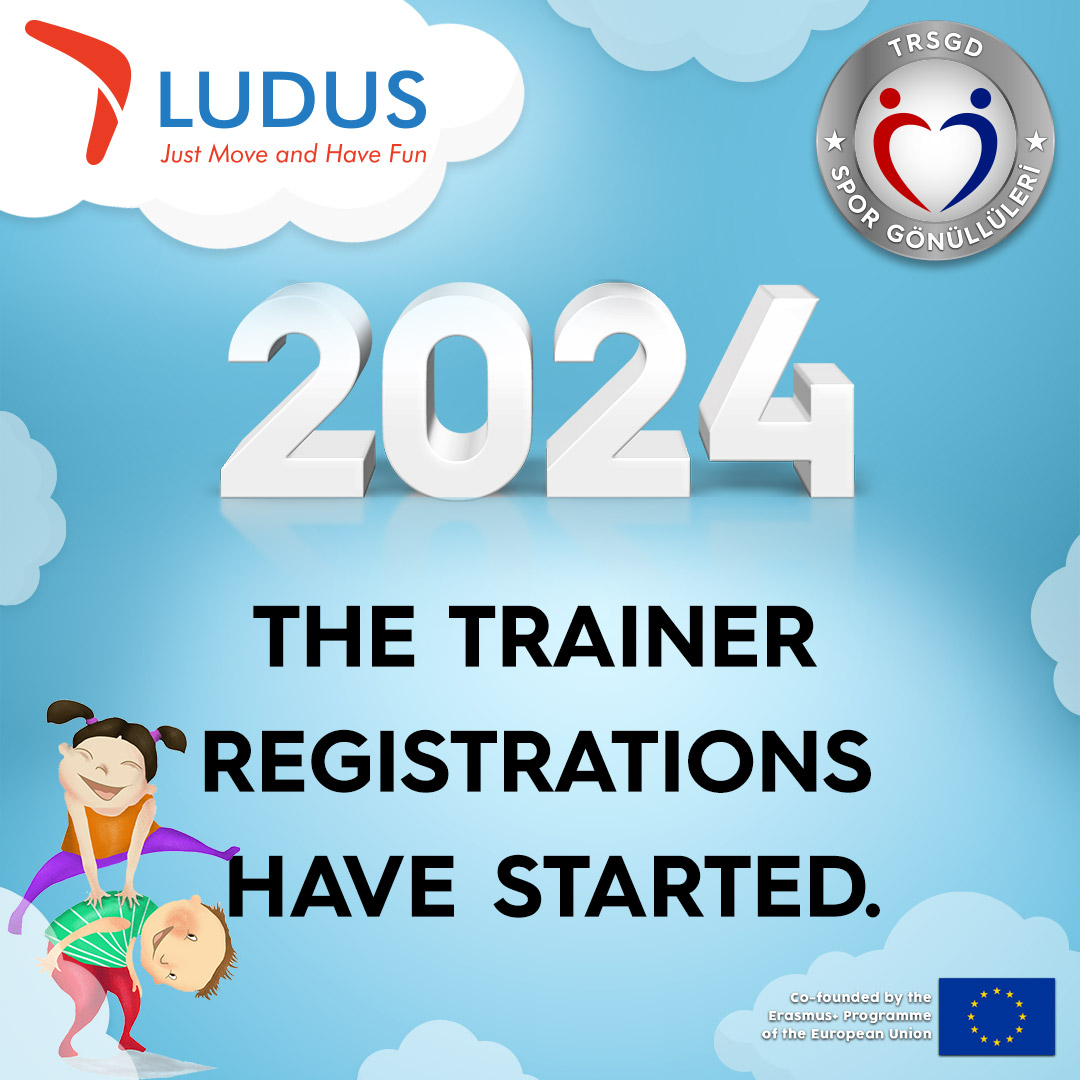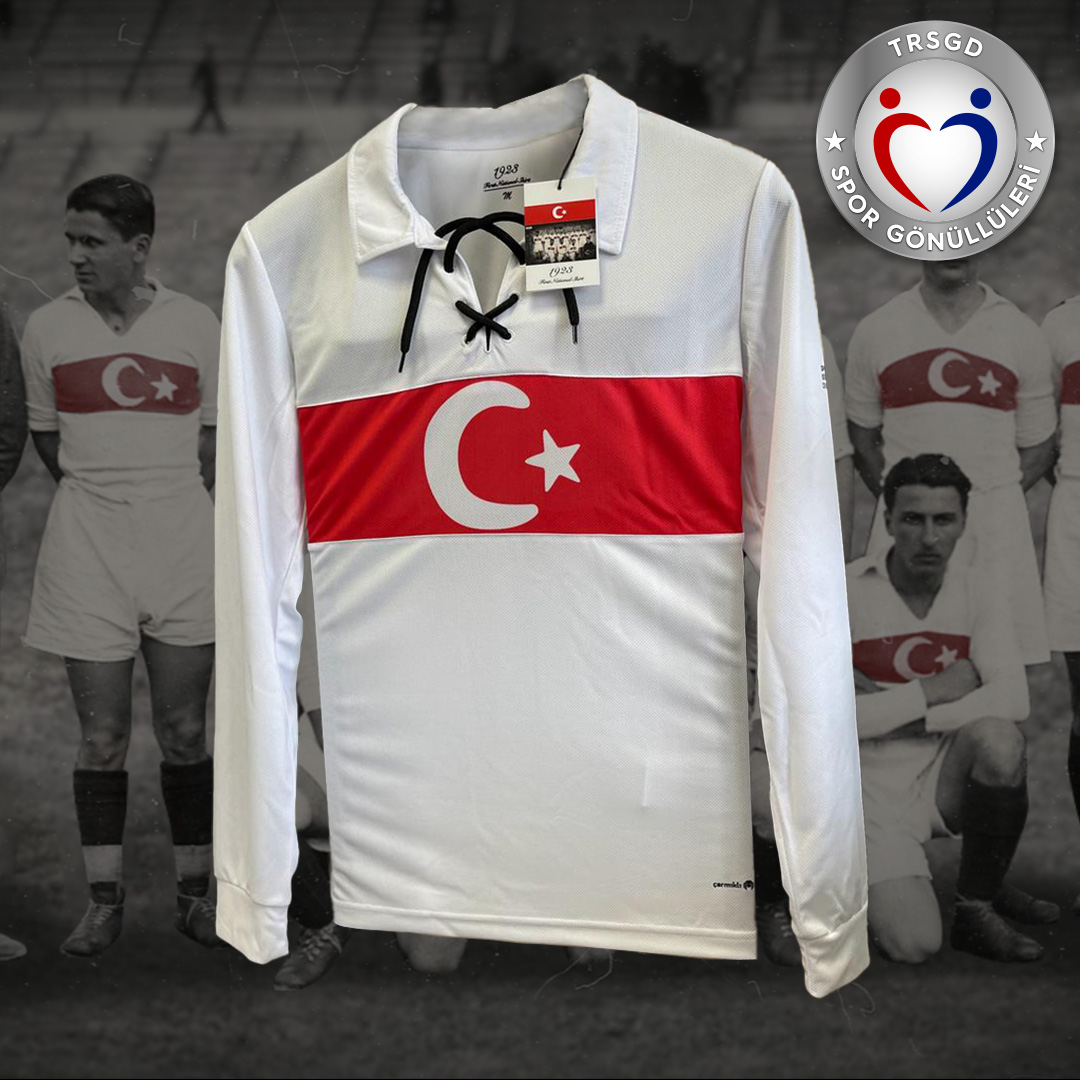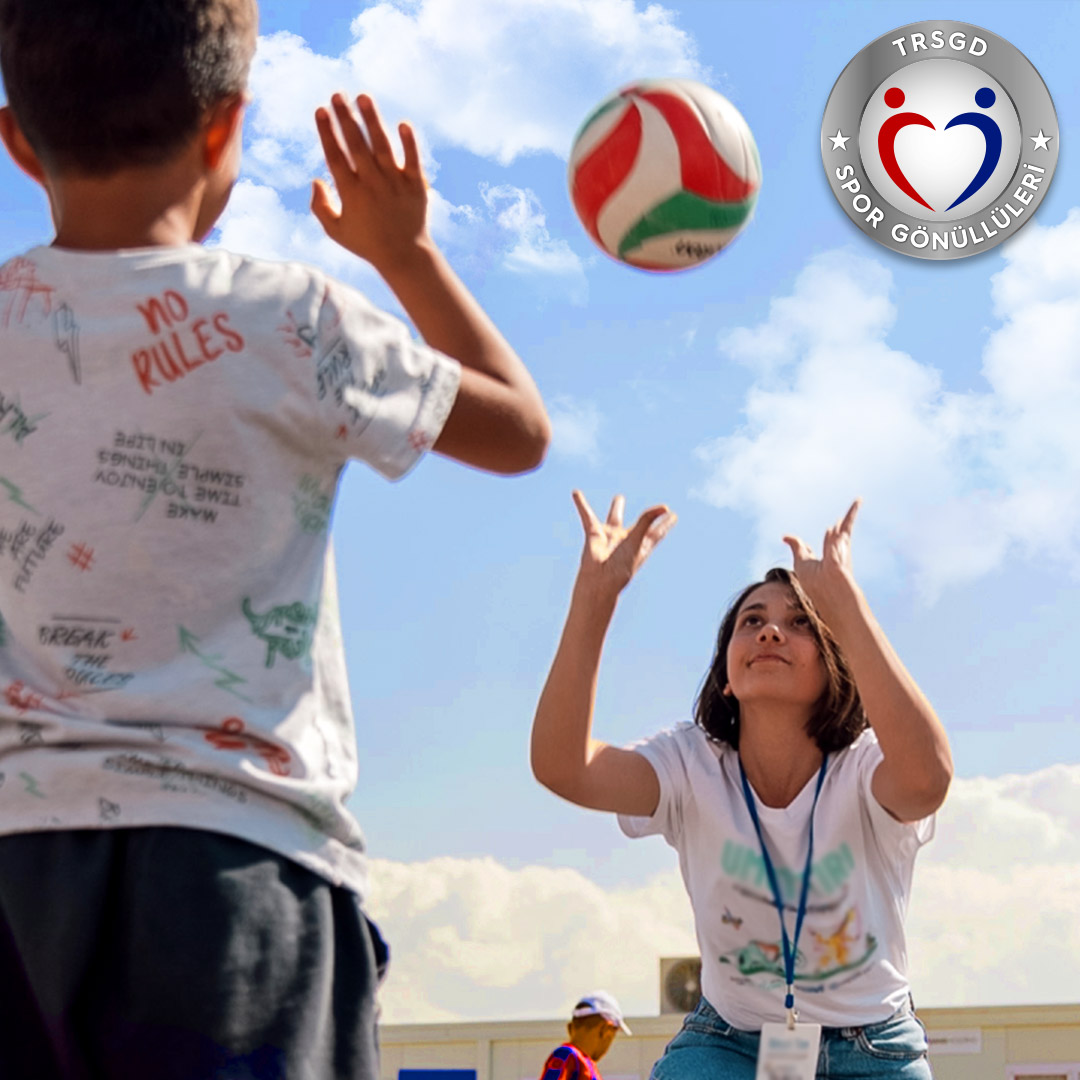
Engaging in sports is beneficial, offering a positive possibility for children to grow and develop better. It also provides a fun and social activity environment. The participation of children in organized sports increases every year worldwide. In the United States, between 1992 and 2002, the percentage of children participating in organized sports increased by 8.4%, and adolescents increased by 15.4%. In European countries, the participation of children aged 6-11 in sports varies from 53% to 98%, depending on the country. Nutrition is a major component of training programs for athletes because there is a significant interaction between nutrition and growth-development, achieving optimal performance, preventing athlete injuries, and recovery. Additionally, engaging in sports or exercise helps children prevent systemic diseases such as obesity, diabetes, and hypertension. Healthy and balanced nutrition is essential for everyone, but it is especially crucial for children. It should be remembered that children are not just small adults. Children need to consume all the nutrients and energy necessary for their growth and development. If a child regularly engages in any physical activity or sports, the nutritional and energy needs required will increase even more. The nutrition of young athletes is not given enough attention, especially by parents, the child, and the coach. Children with genetic predisposition and a good muscle structure naturally excel in this field and achieve success. The balanced nutrition of young athletes will contribute to the success of these athletes even more.
ENERGY
For children and adolescents, in addition to the basal metabolism that ensures growth and development, the daily energy expenditure due to physical activity or sports increases beyond the Recommended Dietary Intake (RDI) specified daily energy amounts. Determining the daily energy needs of a sports-involved child based on RDI is not easy. This is because there is significant personal variability among children, with rapid growth influencing the energy needs. The child’s age, height, weight, gender differences, the type, intensity, and duration of exercise performed all play important roles in determining the daily energy amount. There are very few studies showing the daily energy expended by children and adolescents engaging in various sports. The values given are mostly estimated based on adults’ values. However, it is reported that children, compared to adults, have less metabolic efficiency and are mechanically inadequate in motor activities.
PROTEIN
Protein requirements are higher in sedentary youth due to normal growth and development. It is reported that 12-15% of the daily required energy should come from protein. First and foremost, the daily energy requirement must be fully met. If there is not enough energy intake, as in situations of energy restriction, the daily protein requirement will increase. During periods of rapid growth, intense training and competitions, and lean body-muscle development efforts, protein turnover will accelerate, and these values will increase. Attention should be paid to the fact that proteins should come from both animal and plant sources. There is no need for protein supplements.
CARBOHYDRATES
It is known that a high-carbohydrate diet is beneficial to improve athletic performance in adults. However, there is not enough evidence showing the benefits of a high-carbohydrate diet in young athletes. There is insufficient information about the carbohydrate needs of young athletes. In a study, it was shown that performance increased by about 20% in 12 boys aged 10-14 when endogenous carbohydrates were increased through glycolysis and gluconeogenesis. Carbohydrate intake is essential for muscle glycogen stores. When there is insufficient carbohydrate intake, muscle glycogen stores decrease, leading to early fatigue and reduced performance, and proteins become involved in energy production. In very intense, short-term, and repetitive sports and exercises (such as sprints), the use of muscle glycogen is prioritized. High carbohydrate intake is important for restoring muscle glycogen during training and competitions. It is reported that glycolytic enzyme capacity in the muscles is not well developed in children. Therefore, fats also play an important role in increasing performance. It is reported that glycolytic enzymes in the muscles improve during the adolescent period and reach adult levels by the end of adolescence (13-15 years).
FAT
In 1995, the National Health and Medical Research Council (NHMRC) stated that 36-39% of the daily total energy of sedentary children aged 10-15 should come from fats. This value was considered high, and it was reported that total energy in children and adolescent athletes should come from 30-39% fats. Subsequently, caution was advised regarding fat intake; it was stated that in children athletes, 35-39% of total energy and in adolescent athletes, 35% should come from fats, and the saturated fat ratio in the diet should not exceed 10%. It is emphasized that essential fatty acids (linoleic and linolenic acid) must be taken for the growth, development, and physical activities of young athletes, and their daily needs are specified. In cases where energy restriction is applied for weight control in young athletes, the minimum amount of fat to be taken has been determined as 7% of total energy in males and 14% in females. It is also recommended not to eliminate specific high-fat foods (such as red meat) from the diet.
VITAMINS
If the daily energy intake matches the expended energy, the necessary daily vitamins are obtained. Studies on young athletes have shown that they receive a sufficient amount of vitamins compared to their sedentary peers. Many research results show that vitamin supplementation is not necessary to increase physical activity in athletes or those who eat a balanced diet. With the increased energy intake in athletes, the amount of vitamins taken will also increase, and deficiencies will not occur. Only athletes who restrict energy intake for success, such as ballet dancers, female gymnasts, and wrestlers, are at risk of vitamin deficiency. In a study, it was shown that ballet dancers and gymnasts aged 11-17 received 2/3 of the daily folate amount specified in the RDA.
MINERALS
Specific mineral intake for young athletes has not been shown to be necessary. In studies conducted, it has not been shown that the metabolic increase in exercise and the need for minerals also increase, except for minerals lost through high sweating rates. It is only recommended to replace electrolytes lost at high sweating rates.
FLUID INTAKE AND THERMOREGULATION
In adults, the body’s 24-hour water turnover is 2-3 L/day. Since it is difficult to conduct such research in children, the estimated daily water turnover is given as 1.6 L/day. Maintaining daily fluid balance is necessary to maintain exercise performance, prevent dehydration, and ensure the continuity of cardiovascular and thermoregulation functions. Children’s thermogenesis per kg of body weight is much higher. Also, the surface area of children is much higher relative to their body mass. Therefore, heat exchange with the external environment is very high. They absorb more heat from a hot environment. At the same time, the metabolic heat generated in the body through exercise or workouts increases, and as a result, this heat needs to be transferred from the skin. Unfortunately, thermoregulation mechanisms are not well developed in children. Additionally, the sweating threshold is high in children. Therefore, it is challenging for children to acclimatize to a hot environment. Children are at a high risk of heat-related illnesses such as dehydration and hyperthermia.
This article is prepared based on the study of Prof. Dr. Safinaz Albayrak Yıldız.








